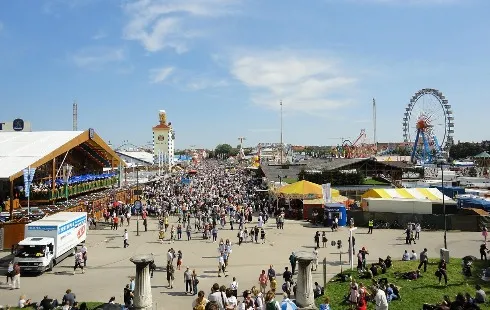
8HoursMining cloud mining platform, daily profits up to $9,337
Section: Business
The global nuclear power sector is experiencing a paradoxical phase, with record-high electricity generation paired with a gradual decline in its overall share of worldwide energy supply. Recent industry analyses indicate that while nuclear plants produced more electricity than ever before in 2024, the number of operational reactors and their contribution to the global energy mix continue to decrease.
According to the latest World Nuclear Industry Status Report, 408 nuclear reactors were active across 31 countries by mid-2025, a figure unchanged from the previous year. However, the number of countries utilizing nuclear energy has decreased, most notably with Taiwan decommissioning its final reactor. In total, 218 reactors have been retired over the past seventy years, accounting for a third of all reactors ever connected to the grid. An additional 93 reactors are projected to be shut down by 2030, based on standard operational lifespans.
The surge in nuclear power generation is largely attributed to China, where expansion in nuclear capacity has been significant. In 2024, China generated 418 billion kilowatt-hours of nuclear electricity. Despite this growth, nuclear energy's share in China's overall electricity production has declined for the third consecutive year, now representing just 4.5 percent. This is primarily due to even faster expansion in solar and wind power, which collectively generate more than four times the electricity produced by nuclear plants in China.
Globally, the share of nuclear power in electricity generation stood at 9.1 percent in 2024, a notable decrease from its peak of 17.5 percent in 1997. The European Union reflects this trend, with nuclear accounting for 23 percent of electricity generation, a figure dominated by contributions from France. In contrast, renewables such as wind and solar now provide approximately 28 percent of the EU's electricity needs.
The construction of new nuclear reactors is facing considerable obstacles. In 2024, construction began on only nine new units worldwide--six in China and one each in Egypt, Pakistan, and Russia. Of the 63 reactors currently under construction, most are in countries possessing nuclear weapons or are being developed by state-owned enterprises from China, France, or Russia. Private investment in new nuclear projects remains negligible.
One of the critical challenges confronting the nuclear industry is the aging reactor fleet. The average reactor age is now 32 years, with many facilities approaching or exceeding their intended operational lifespans. New build projects are frequently delayed and often exceed budget projections. For example, the French Flamanville European Pressurized Reactor required 17 years to complete, entering operation 12 years behind schedule and at a cost of EUR23.7 billion--more than five times the original estimate.
Efforts to revitalize the industry with small modular reactors (SMRs) have yet to yield significant results. No commercial SMR has commenced construction in Western countries, and several European SMR start-ups are facing financial difficulties. The performance and viability of SMR prototypes in China and Russia remain uncertain due to limited available data and modest production levels.
Investment patterns further illustrate the shift in global energy priorities. In 2024, investment in wind and solar power reached $728 billion worldwide, over twenty times the amount invested in nuclear energy. The trend suggests that renewables are now setting the pace for energy sector transformation, with nuclear struggling to maintain its foothold.
Maintaining current global nuclear production levels through 2030 would require commissioning an additional 44 reactors beyond those already planned. Given ongoing financial and logistical challenges, this scenario appears unlikely. A continued decline in nuclear power generation is anticipated unless significant operational extensions for existing reactors are implemented.
The transition towards decentralized, renewable energy systems is increasingly marginalizing traditional, centralized nuclear and fossil fuel power generation. With mounting economic and operational challenges, the future of nuclear power in the global energy landscape remains uncertain.

Section: Business

Section: Arts

Section: Politics

Section: Health Insurance

Section: News

Section: News

Section: News

Section: Arts

Section: News

Section: Arts
Health Insurance in Germany is compulsory and sometimes complicated, not to mention expensive. As an expat, you are required to navigate this landscape within weeks of arriving, so check our FAQ on PKV. For our guide on resources and access to agents who can give you a competitive quote, try our PKV Cost comparison tool.
Germany is famous for its medical expertise and extensive number of hospitals and clinics. See this comprehensive directory of hospitals and clinics across the country, complete with links to their websites, addresses, contact info, and specializations/services.
Curated by Fried Dähn and Thomas Maos, this event is part of the Sonic Visions series, featuring an engaging performance that intertwines sound, music, and visuals. This edition presents THE WATS, a narrative where three travelers in the desolate, apocalyptic landscapes of New Zealand encounter a...



No comments yet. Be the first to comment!